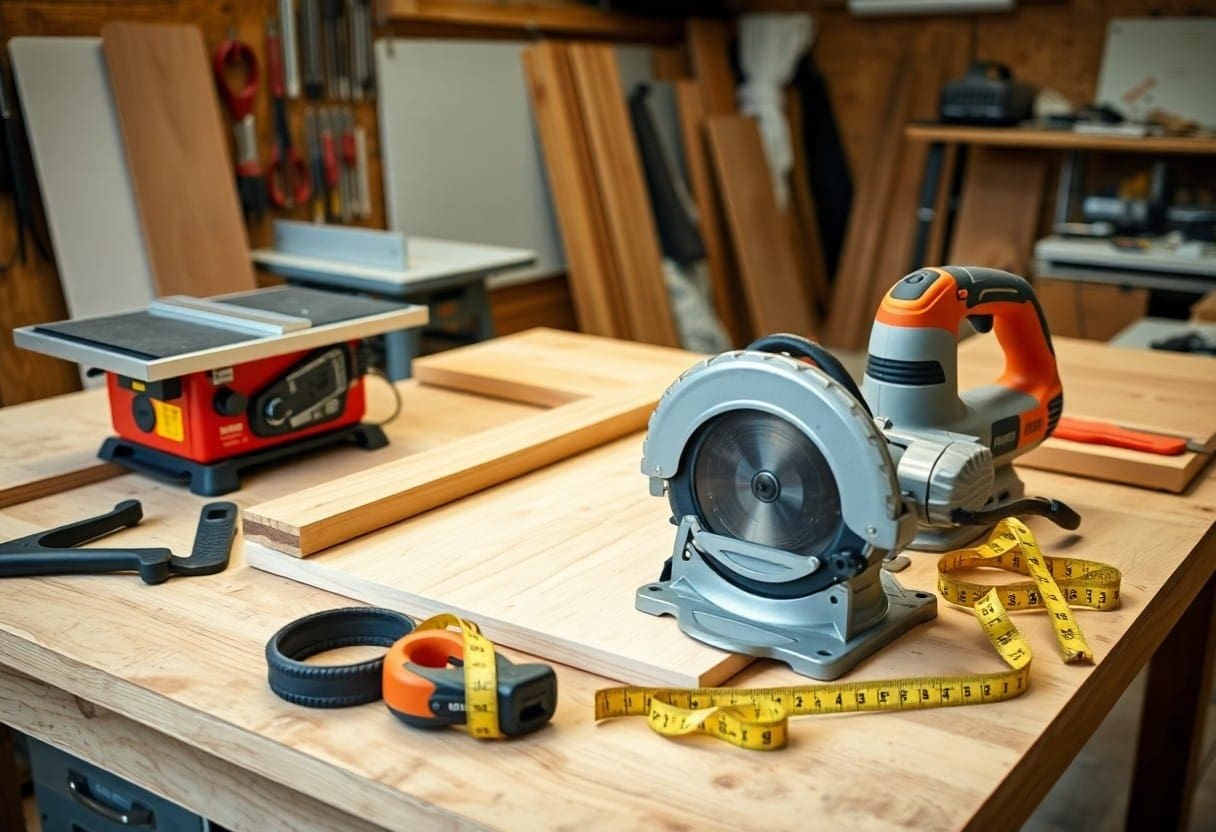Most woodworking projects require cutting plywood, and choosing the right saw can make all the difference in achieving clean cuts and reducing material waste. Whether you’re a beginner or a seasoned pro, selecting the appropriate saw for your needs can enhance both the efficiency and quality of your work. Here’s a guide to help you make an informed decision when it comes to choosing the right saw for cutting plywood.
First, consider the type of cuts you plan to make. If you’re primarily making straight cuts, a circular saw may be your best option. Circular saws are versatile and can handle various thicknesses of plywood with ease. For more intricate cuts, a jigsaw might be a better choice, allowing you to navigate curves and corners effectively. If you have a lot of straight cuts to make, investing in a table saw could save you time and deliver consistent results.
Next, pay attention to the blade. The type of blade you use plays a significant role in the quality of your cuts. For plywood, you will want to use a fine-toothed blade with a high tooth count (at least 60 teeth). This type of blade minimizes splintering along the edges of your plywood, providing smoother cuts. If you’re using a jigsaw, opt for blades specifically designed for plywood or wood cutting, as they will give you better results than general-purpose blades.
It’s also important to consider the size of the saw. If you are working with large sheets of plywood, a larger saw like a table saw or a circular saw is advisable, as they can easily handle the dimensions and provide a stable cutting surface. For smaller projects or more complex cuts, you might find a jigsaw more manageable and easier to control. Be mindful of the weight and portability of the saw, especially if you work in different locations or have limited workspace.
Another factor to keep in mind is the power source. Corded saws generally provide more consistent power and performance, making them ideal for larger projects. On the other hand, cordless saws offer mobility and ease of use, which can be beneficial for small jobs or for cutting plywood outdoors. Evaluate where you will be cutting and choose the power source that best suits your needs.
Safety should always be your priority when working with saws. Make sure to use protective gear like safety glasses and ear protection. Familiarize yourself with the saw’s features, including safety locks and blade guards, to ensure you operate it safely. Additionally, review the manufacturer’s instructions to understand the limitations of the saw and proper maintenance techniques.
Before making a final decision, it can be helpful to test different saws if possible. Visit a local tool store where you can get a feel for the tools and ask questions from knowledgeable staff. Consider your budget as well; there are quality saws available at various price points, and you should select one that fits your financial plan without sacrificing quality.
By assessing your project requirements, understanding the differences between saw types, and prioritizing safety, you can choose the right saw for cutting plywood that meets all your needs and helps create stunning results in your woodworking projects.




